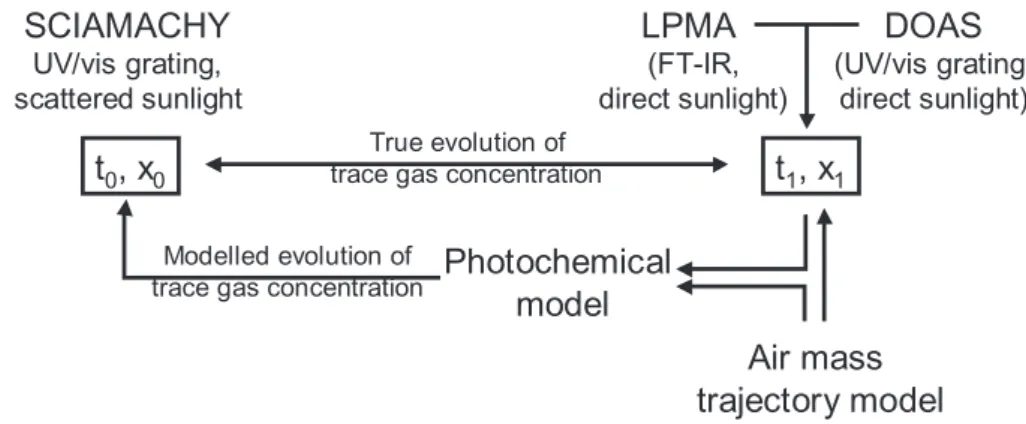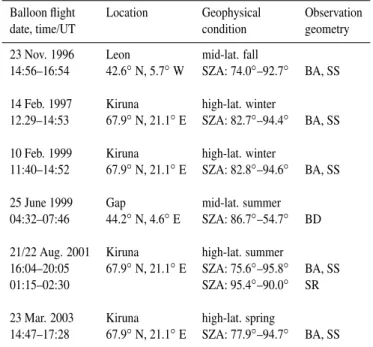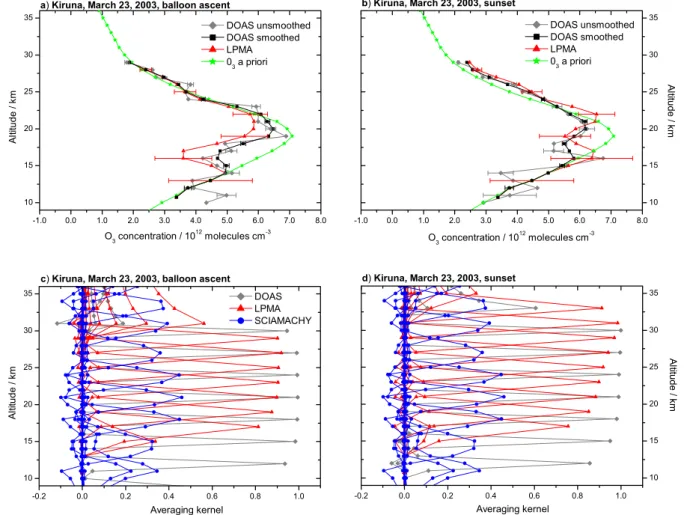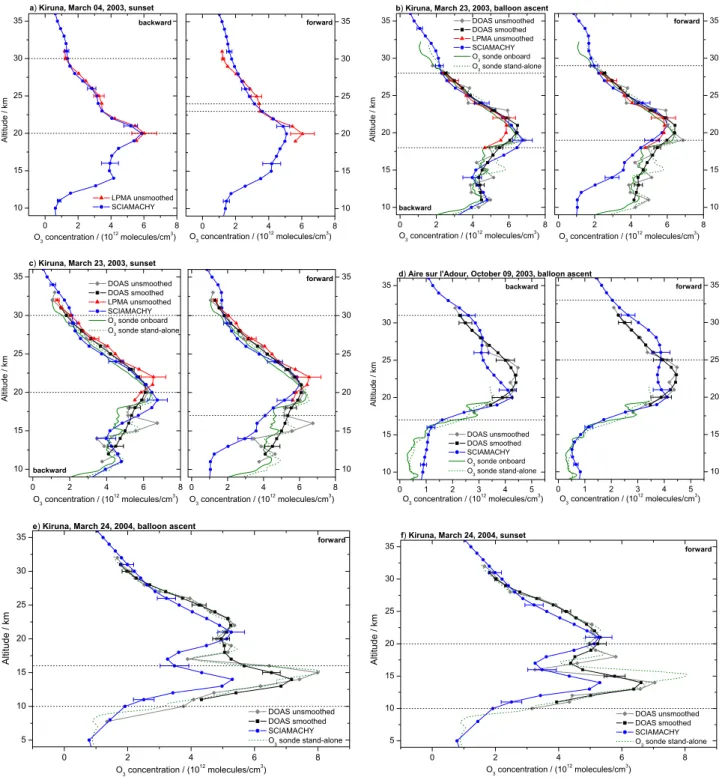Inter-comparison of stratospheric O<sub>3</sub> and NO<sub>2</sub> abundances retrieved from balloon borne direct sun observations and Envisat/SCIAMACHY limb measurements
Texto
Imagem




Documentos relacionados
In addition to continuous measurement of the laser power throughout the field exper- iments, the instrument’s Raman scattering sensitivity was measured nightly by over- flowing
shown that at the end of the 21st century, stratospheric column ozone decreases lin- early with increasing surface N 2 O concentrations in all regions of the
Another impact of non-acyl peroxy nitrates is that they are a possible positive inter- ference to in-situ NO 2 measurements in the upper troposphere because the non-acyl peroxy
no more systematic investigations of the hygroscopic behavior of Ca(NO 3 ) 2 -containing mineral dust particles, including both deliquescence and e ffl orescence transition and the
The stratospheric vertical columns derived from SCIA- MACHY limb measurements and Oslo CTM2 simulations differ considerably from total vertical columns obtained over the clean
The interest has been driven by the success of advanced data assimilation methods in numerical weather prediction (Rabier, 2005), as well as by development of operational
First, the longitudinal distributions of these species in January 2008 highlight strong variations of OClO and NO 2 (relative to the longitude) in the lower stratosphere: in the
In this section, stratospheric BrO profiles and correspond- ing partial columns retrieved from ground-based UV-visible measurements at Harestua, OHP, and Lauder are compared





